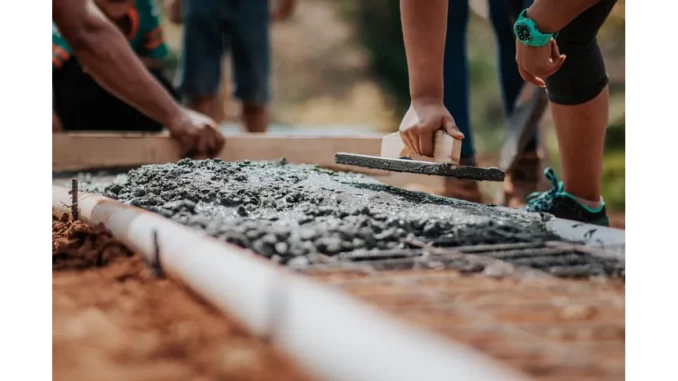
In the multifaceted realm of construction, project delays are an almost inevitable challenge. These can arise from unexpected weather conditions, logistical hurdles, or human errors, each exerting significant pressure on project timelines and budgets. In response, delay analysis has become an indispensable tool for understanding and alleviating these impacts. This article explores the methodologies, applications, and critical importance of delay analysis, with a particular focus on forensic delay analysis within construction projects.
Focus360 Energy: property compliance services – pre-planning to post-construction. Learn more.
Delay analysis is a systematic approach to evaluating the causes and effects of delays within a construction project. This involves a meticulous review of project schedules and relevant documentation to establish a chronological sequence of events that led to delays. By identifying root causes and quantifying their impact, stakeholders gain a clearer understanding of the implications for cost, schedule, and overall project quality. Such insights are vital for ensuring that projects are completed on time and within budget, while also maintaining expected standards of quality.
Forensic delay analysis, a specialised branch of delay analysis, plays a pivotal role in determining how project schedules are affected by specific events during the project lifecycle. This analysis is essential for establishing causation and responsibility, forming the basis for claims and dispute resolution. Key components of forensic delay analysis include quantifying the overall delay experienced by the project, identifying specific activities that contributed to schedule delays, determining the events or factors that impacted these activities, and assessing responsibility for the impacts and associated delays. This rigorous approach not only aids in resolving current disputes but also provides a framework for avoiding similar issues in future projects.
Delays in construction can originate from a multitude of sources. Unforeseen site conditions, such as unexpected subsurface challenges, can derail progress. Contractor-related issues, including poor planning, inadequate workforce, or substandard quality control, are common culprits. Delays can also stem from the client’s side due to late approvals or changes in project scope. Adverse weather conditions and external factors like labour strikes or supply chain disruptions further complicate the construction timeline. Understanding these causes is crucial for implementing effective delay analysis and crafting strategies to mitigate their impacts.
Several methodologies are employed in delay analysis, each with its unique approach and application. The “Impacted As-Planned” method involves inserting delay events into the original project schedule to assess their impact on the completion date. The “Collapsed As-Built” or “But-For” analysis removes delay events from the as-built schedule to offer a hypothetical view of the project timeline without these impacts. The “As-Planned vs. As-Built” method provides a straightforward sequential comparison to identify variances and their causes, making it suitable for simpler projects. “Time Impact Analysis” (TIA) retrospectively assesses the impact of delay events on the most recent schedule update, supporting time extension requests. “Windows Analysis” divides the project duration into smaller periods and evaluates delays within each, taking into account changes in the critical path over time. These diverse methodologies allow for a tailored analysis that aligns with the specific needs and complexities of each project.
The necessity of delay analysis extends beyond the confines of project management into legal and contractual realms. Construction contracts typically include provisions related to delays, outlining responsibilities and remedies. Delay analysis is instrumental in interpreting these contractual obligations and resolving disputes. Establishing liability for delays can be complex, especially in projects with multiple stakeholders. Here, delay analysis helps clarify which parties are accountable for delays and their associated costs. In cases of disagreement, delay analysis provides the evidence needed for mediation, arbitration, or litigation, supporting claims and determining appropriate remedies.
Despite its benefits, conducting delay analysis is not without challenges. Data collection and accuracy can pose significant hurdles, as incomplete or inaccurate records may hinder the analysis process. Distinguishing between causation and correlation requires a deep understanding of project dynamics. Moreover, in legal disputes, expert opinions are often relied upon, necessitating knowledgeable and credible experts.
In summation, delay analysis is an integral component of construction project management, offering critical insights into the causes and impacts of project delays. By employing forensic delay analysis and various methodologies, stakeholders can not only understand past delays but also implement strategies to prevent future risks. As construction projects continue to evolve in complexity, the importance of delay analysis in ensuring successful project delivery becomes ever more pronounced. Understanding these factors equips stakeholders to improve planning, mitigate risks, and enhance overall project performance, ultimately securing the successful completion of construction endeavours.


Be the first to comment